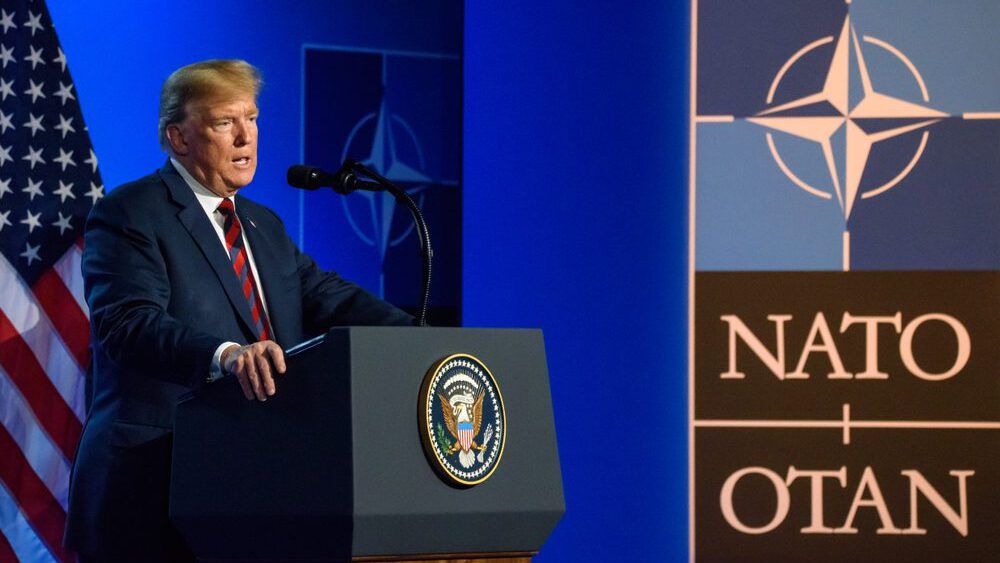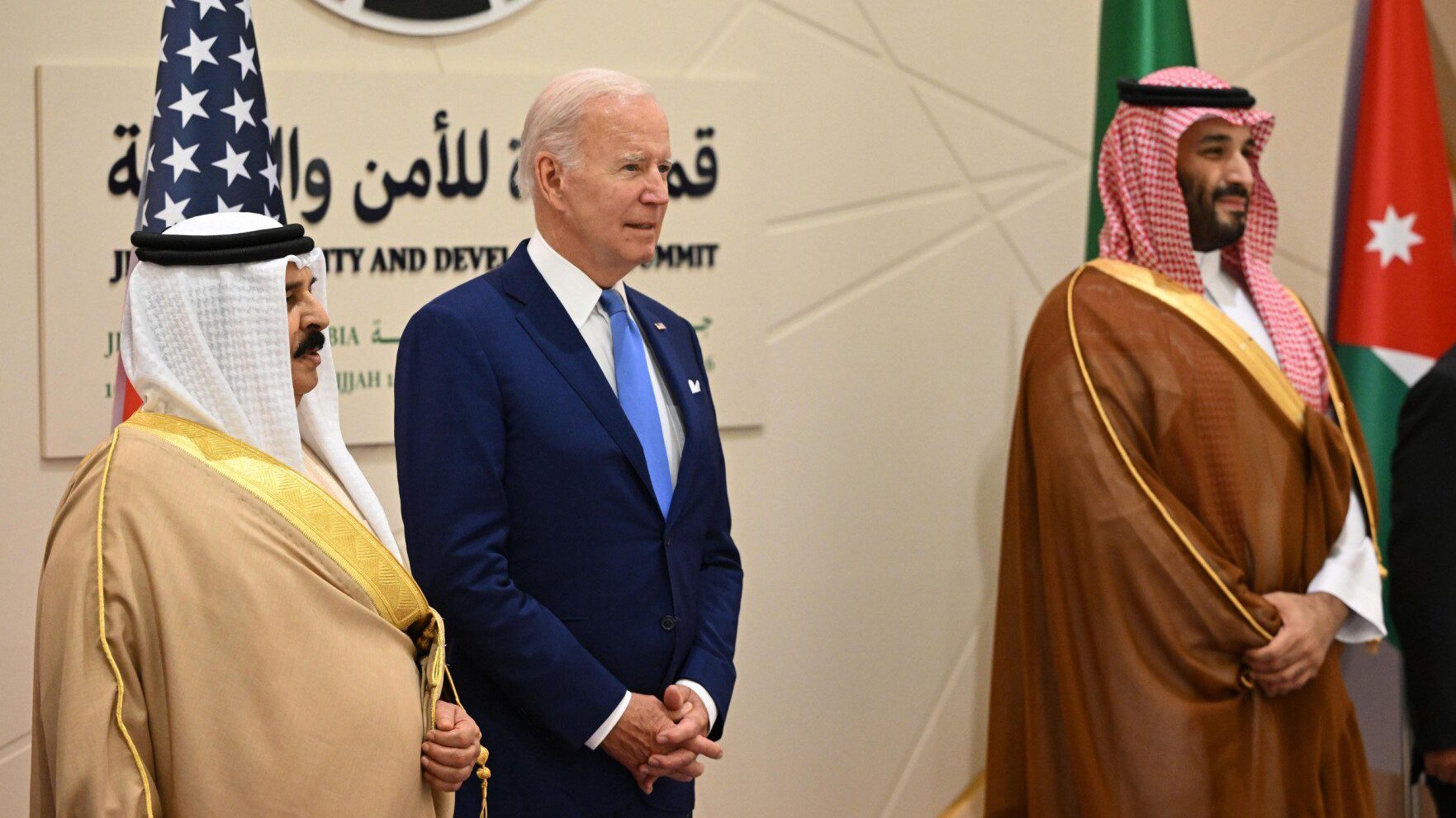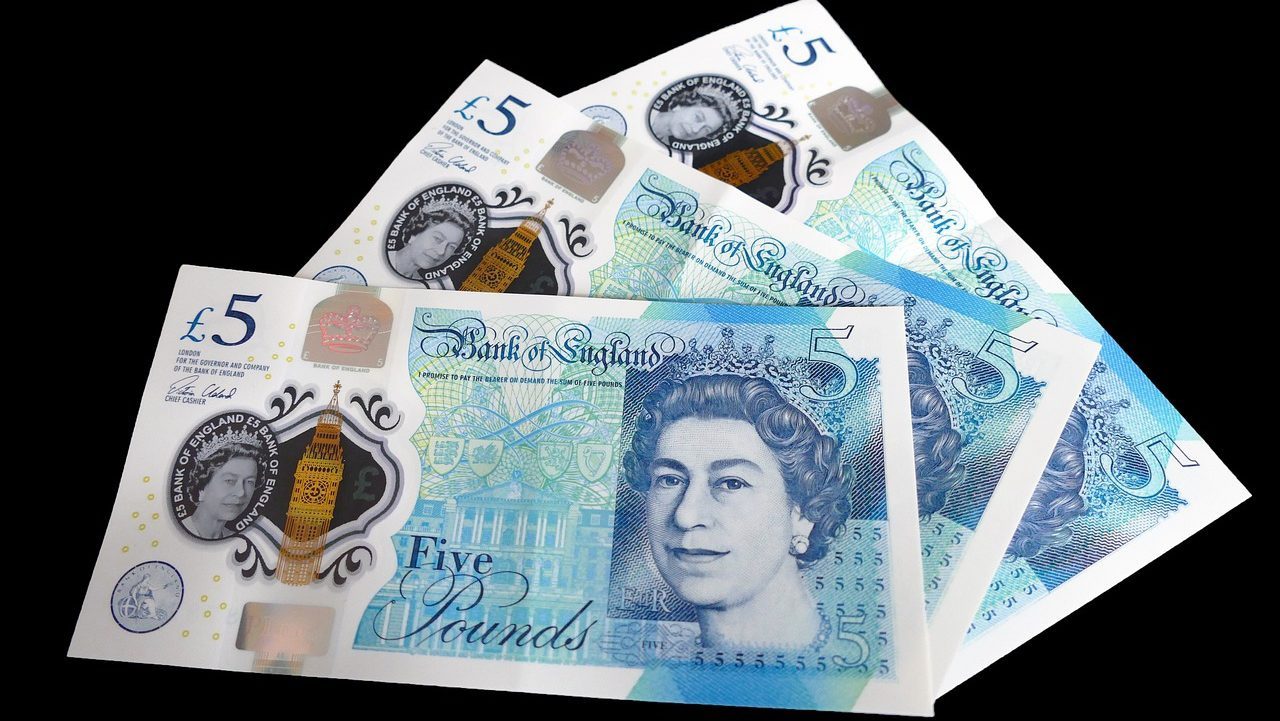
The Tariff Earthquake: How Trump Is Reshaping the Global Economy
The U.S. president is tackling an issue the nation has been kicking down the road since the end of the gold standard in 1971: the gaping chasm of fiscal disaster and trade deficits.

The U.S. president is tackling an issue the nation has been kicking down the road since the end of the gold standard in 1971: the gaping chasm of fiscal disaster and trade deficits.

We may be witnessing the first signs of a major America-bound exodus of investment capital from Europe.

After a record sale of U.S. debt, some analysts are suggesting that China and BRICS are waging a form of economic warfare on America. Is there any truth to this suggestion?

Anyone proposing more U.S. defense spending with borrowed money should consider what happens when increasingly uneasy investors have had enough of U.S. debt.

The apparent deterioration in US-Saudi relations comes amid a recent worldwide trend toward de-dollarization with key, ascendent geopolitical actors, including but not limited to China, Russia, India, and Brazil all taking steps to reduce their use of the U.S. dollar.

Despite the de-dollarization trend, approximately 60% of the world’s foreign exchange reserves remain in U.S. dollars.

There was no ‘crash’ of the pound. The big rate increase by the Federal Reserve simply created an irresistible opportunity for investors to make some good money, and do it safely.

When the ECB raises interest rates, all other things equal it increases demand for euros on the global foreign-exchange market.

Introducing the Renminbi Liquidity Arrangement (RLA), which is aimed squarely at supplanting the dollar.

Asian countries have long had a back-up system in place, independent of the dollar, for funding foreign trade. However, to date it has not been used for the financing of regular trade transactions.